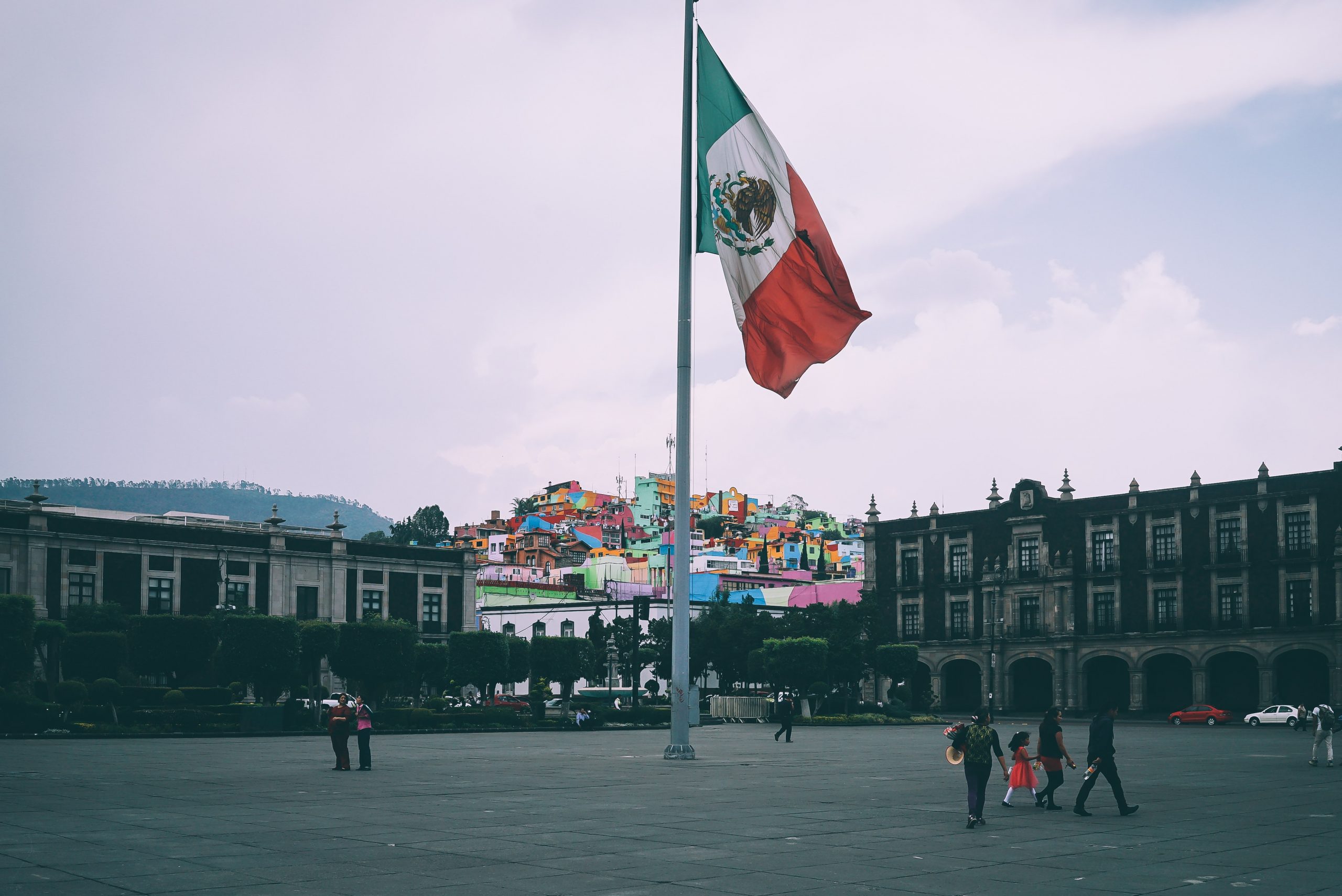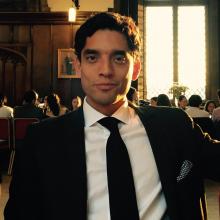December 2021 marked the 15th anniversary of the so-called ‘war on drugs’ in Mexico. In that time – and as renowned sociologist Fernando Escalante has articulated – “too many certainties” have become commonplace in national discourse. In particular, a cacophony of expressions have repeatedly been used by government officials across administrative levels as well as ideological denomination, the media outlets and Mexican society altogether to justify homicidal violence across the country. Phrases such as: “they are killing each other”, ” collateral casualties” and victim-blaming accusations continue to undermine any efforts to condemn unlawfulness. At the summit of these expressions is the infamous “war on drugs”.
The importance of these narratives and their implications are far from semantic. Shared knowledge influences the design, implementation and acceptance of public policies – in this case security policies. Collectively, the use of persuasive language supports the “narco-centric” perception of violence. Despite this, people continue to cling to categories that are as flashy as they are insufficient: “criminal war”, “criminal insurgency”, “narco-insurgency”, “narco-terrorism”. Though eye-catching, these headlines disregard recent trends in organised crime in the country, particularly the emergence of more fragmented, increasingly local, economically diversified and, certainly, more toxic and violent behaviour.
Therefore, it is no small endeavour to ask ourselves: what are the sources and current dynamics of homicidal violence in Mexico? Perhaps even more importantly, what role do criminal groups play in this large-scale violence? Answering both questions is essential to redefine our understanding of – and response to – organised crime in urban contexts in Mexico and possibly in other countries too.
Evolving Criminality
The main weakness underlying the narco-centric explanation of homicidal violence is to assume that those territories where criminal groups operate, or migrate to, are politically neutral. Instead, the severe fragmentation of the Mexican criminal landscape has made more evident the need to focus on the intricate power relations and tensions between illegal and legal private actors with specific interests at the local level. These include among others: local and national entrepreneurs, ranchers, political parties, unions and multinational companies.
By analysing ongoing violence through this lens we may find that power relations and tensions are, in turn, historical and political processes in themselves. These connections are associated with the search and maintenance of power; chief among them are processes related to land access, economic hegemony, or political domination. Homicidal violence carried out by criminal groups in Mexico should also be analysed as part of what Khoshkish has termed the “socio-political complex”.
Contrary to the omnipotence and violence that is commonly portrayed on entertainment platforms, criminal groups have worked to integrate themselves into these power tensions in urban settings. Today more than ever – precisely because of the fragmentation of the Mexican criminal underworld – organised criminal groups have more incentives to forge alliances and coalitions of convenience with legal actors and legitimate businesses at the local level.
In essence, I have humbly titled this phenomenon “the political trajectory of urban violence” (PTUV) – a theory initially tested with fieldwork in Michoacán, Southwest Mexico. The PTUV does not pretend to assign less seriousness to large-scale violence in Mexico, nor trivialise it. Criminal groups may play a political role in many communities insofar as they seek, concentrate and exert power. However, in addition to this, criminal groups play a political role at the local level as they help other private actors – legal and illegal – to seek, concentrate and exert power.
Although possibly subtle, this epistemological shift demystifies the subordination of all actors in a community to organised crime. In doing so, it presents a greater challenge because lethal violence tends to perpetuate itself when it is undertaken to achieve particular objectives, be they economic, political or environmental, for instance. The PTUV should be understood as an additional analytical category to nuance the developmental process of today’s urban violence in Mexico. Using this model necessitates the analysis of organised crime-related violence as part of a continuum of a political complexity in urban environments, and not only due to criminal conduct or activity per se.
Perhaps homicidal violence in Mexico nowadays is best understood by W.H. Auden’s words: “Evil is unspectacular and always human, and shares our bed and eats at our own table […]”. Fifteen years on from the start of ‘the war on drugs’, Mexico owes nothing to this dogmatism. Nor should other countries that are facing similar challenges.
The ideas portrayed in this article were presented in the panel “Organized Crime and Urban Violence”, at the second edition of the 24-hour Conference on Global Organized Crime, December 1st. Fausto Carbajal Glass is consultant on political risk and security at Delphi Solutions, a consultancy, research and education firm, concentrating on providing solutions to clients in the government sector.
Main image credit: Ricardo Esquivel, via Pexels.
The views expressed in this article are those of the author and do not necessarily reflect the views of RUSI, Focused Conservation, or any other institution.



